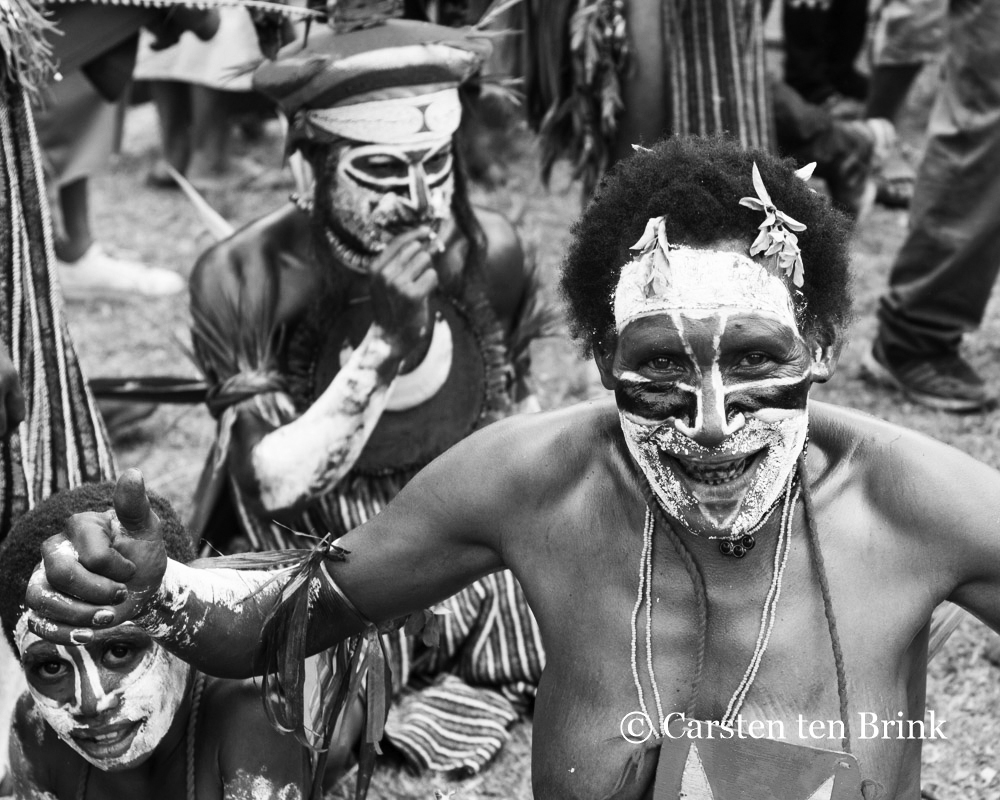Abdeali Saherwala | Staff Writer
Featured image: The history of cosmetics spans over 6,000 years and is present in most cultures around the world. | Courtesy of Carsten Ten Brink via Flickr
Around the world, people of different backgrounds, faiths, races and colours define physical beauty differently, but every culture has a beauty ideal or standard. These features are flawlessly possessed by some, but many need help to highlight features or hide flaws they may possess.
Throughout history, women and men have gone to great lengths in order to hide their flaws or extenuate their physical beauty. Foot binding techniques were extremely popular in China throughout a large part of its history, eventually dying out due to anti-foot binding campaigns in the 20th century. In the 1800s, obesity was a sign of beauty and power in European men because it proved their luxurious capacity for obtaining large amounts of food.
With time, standards for beauty have evolved differently in different parts of the world. Nowadays, it’s common for women to use cosmetic makeup to achieve their beauty desires. Thanks to globalization and trading, many makeup products can be found in markets around the world, exposing cultures to different norms of beauty.
In Japan, beauty standards include lighter and paler skin tones. In order to achieve this, people carry around umbrellas, perform skin bleaching and use lighter foundations. It’s not uncommon for Japanese women to practice bihaku, the act of using cosmetics to whiten skin.
Though women have developed various ways to achieve what their culture deems to be beautiful, there is a common thread that runs through most cultures: an obsession with fairer and whiter skin, which is seen as beautiful in Asian, Caribbean and African cultures.
The problem with valuing Eurocentric beauty standards is that it creates unrealistic and harmful tendencies where women go to extreme lengths to look a certain way. There is more than one way to be beautiful, which Eurocentric beauty values do not acknowledge.
Part of the widespread acceptance of Eurocentric beauty ideals comes from its popularization by film and Hollywood culture.
During the era of Audrey Hepburn, thick eyes that were filled in with eyebrow pencil against pale skin was the desired look. In the famous role of Cleopatra, Elizabeth Taylor embraced the bold, blue eyeshadow and heavy winged eyeliner, which many still view as an iconic look today. But the look should not be credited to Taylor’s makeup designer: ancient Egyptians used kohl, a substance similar to charcoal, to create intricate designs on Egyptian queens and noblewomen.
The concept of beautification through artificial makeup has been around for a long period of time. It has evolved differently throughout different parts of the world. With globalization, we are seeing the fusion of different standards of beauty through the different techniques of makeup and diverse products. But like any part of culture, we must remember the true origins of these practices and respect the individuality and history of cultural makeup that is different from ours.


